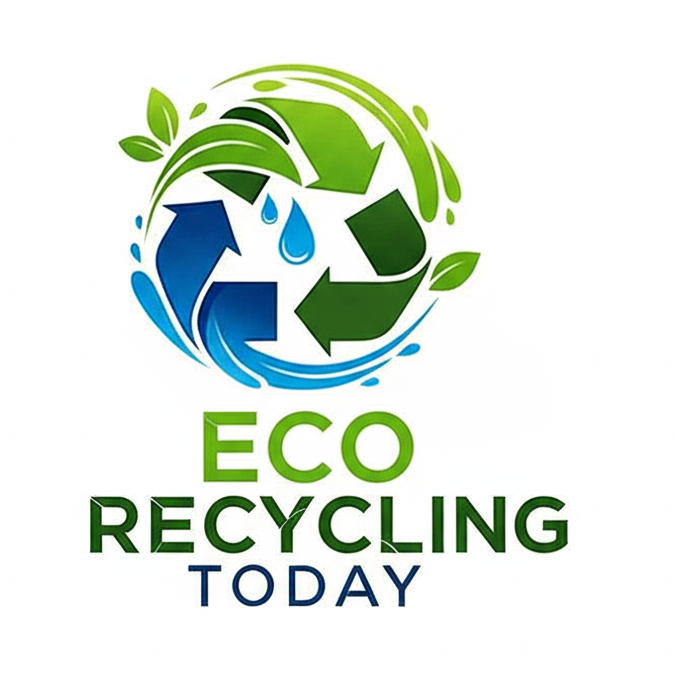Sorting mixed plastic waste is one of the biggest challenges in the recycling industry. With different plastic types (like PET, HDPE, LDPE, PP, PS, etc.) often mixed together in post-consumer waste, automatic sorting systems are now essential for achieving high recycling rates, reducing contamination, and meeting industry standards.
In this guide, we’ll break down the top automatic sorting technologies, highlight leading manufacturers, and help you choose the best system for your recycling operation.
Why Automatic Sorting Systems Matter
Manual sorting is slow, expensive, and often inaccurate—especially when dealing with high volumes of mixed plastic. Automatic sorting systems offer:
- High speed and accuracy
- Lower labor costs
- Reduced contamination
- Higher quality recycled materials
- Better compliance with regulations
Types of Sorting Technologies for Mixed Plastics
Automatic plastic sorters often use a combination of the following technologies:
1. Near-Infrared (NIR) Sorting
- Identifies plastic types based on their light reflection.
- Commonly used to separate PET, HDPE, PP, and other polymers.
2. Color Sorting (RGB Cameras)
- Sorts plastics by color to improve product purity.
- Helps remove black or colored plastics that affect final quality.
3. X-Ray Sorting (XRF/XRT)
- Detects materials by density or elemental composition.
- Useful for removing PVC or detecting metal contamination.
4. Laser or Hyperspectral Imaging
Advanced technology for sorting difficult-to-identify plastics like black PET or multilayer materials.
5. Air Jet Ejection
After detection, high-pressure air jets push plastics into different bins for separation.
Best Automatic Sorting Systems and Manufacturers
1. TOMRA Recycling – Norway
TOMRA is the industry leader in sensor-based sorting systems. Their AUTOSORT® series uses NIR, VIS, and Deep Learning to identify and separate multiple plastic types with high accuracy.
Best for: High-speed operations, complex plastic streams, and large-scale MRFs (Material Recovery Facilities).
2. STEINERT – Germany
STEINERT combines magnetic separation with sensor-based plastic sorting. Their UniSort systems offer excellent results for both color and material detection, including black plastics.
Best for: Plants that need both metal and plastic separation with one system.
3. Sesotec – Germany
Sesotec specializes in contamination detection and sorting. Their VARISORT+ systems can sort plastics by polymer type, color, and shape—great for clean and consistent output.
Best for: Food-grade plastic recycling, packaging waste, and high-purity applications.
5. Bulk Handling Systems (BHS) – USA
BHS offers complete systems including their NRT SpydIR® technology for NIR plastic sorting and AI-powered Max-AI® for robotic sorting and quality control.
Best for: Full-facility installations with smart sorting and AI integration.
How to Choose the Right System
When choosing a sorting system, consider:
- Plastic types you process – PET, HDPE, LDPE, etc.
- Throughput requirements – How much material you need to sort daily
- Level of automation – Do you want full automation or a hybrid model?
- Contamination tolerance – The cleaner your output, the more valuable it is
- Budget and space – Some systems are modular; others need large setups
- After-sales support – Reliable service and spare parts are essential
Investing in an automatic sorting system is a big step—but one that can pay off quickly. With faster processing, better material quality, and lower labor costs, these systems are transforming the future of plastic recycling.
